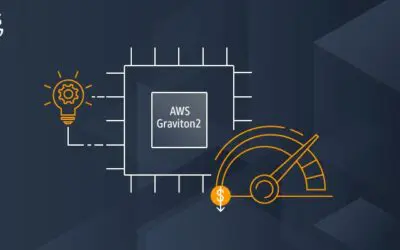Here’s an interesting analysis of the $31 Million Ethereum Hack.
http://medium.freecodecamp.org/a-hacker-stole-31m-of-ether-how-it-happened-and-what-it-means-for-ethereum-9e5dc29e33ce
![]()
From a technical standpoint, it appears as though the software developers who built the Parity wallet put in a catch all function that enables unknown functions that are payable, that send you Ether, to default to depositing the Ether.
function() payable {
//msg.value is the amount of Ether
if (msg.value > 0) {
Deposit(msg.sender, msg.value);
}
throw;
}
In the Parity wallet, the developers took this functionality a step further, and wrote code to state if the value of the Ether is equal to 0 and the length of the msg is greater than zero, then delegate the call to the Wallet.
function() payable {
//msg.value is the amount of Ether
if (msg.value > 0) {
Deposit(msg.sender, msg.value);
}
else if (msg.data.length > 0) {
//if the msg data has data and msg.value is equal to 0, then delegate
//the call to the Wallet Library's version of this function.
_walletLibrary.delegatecall(msg.data);
}
}
So what happened?
The thieves understood the vulnerability vector. They invoked the catch all function with the initWallet function. This call was not implemented in the contract, but was implemented in the wallet.
The initWallet function looks like the following:
function initWallet(address[/fusion_builder_column][fusion_builder_column type="1_1" background_position="left top" background_color="" border_size="" border_color="" border_style="solid" spacing="yes" background_image="" background_repeat="no-repeat" padding="" margin_top="0px" margin_bottom="0px" class="" id="" animation_type="" animation_speed="0.3" animation_direction="left" hide_on_mobile="no" center_content="no" min_height="none"][] _owners, uint _required, uint _daylimit) {
initDaylimit(_daylimit);
initMultiowned(_owners, _required);
}
The key piece here is the _owners. They passed in the address of the owners to the wallet. In effect, the thieves initialized the wallet so they became the owners. They drained the tokens from the wallet, and said bye bye.

Joel Garcia has been building AllCode since 2015. He’s an innovative, hands-on executive with a proven record of designing, developing, and operating Software-as-a-Service (SaaS), mobile, and desktop solutions. Joel has expertise in HealthTech, VoIP, and cloud-based solutions. Joel has experience scaling multiple start-ups for successful exits to IMS Health and Golden Gate Capital, as well as working at mature, industry-leading software companies. He’s held executive engineering positions in San Francisco at TidalWave, LittleCast, Self Health Network, LiveVox acquired by Golden Gate Capital, and Med-Vantage acquired by IMS Health.


